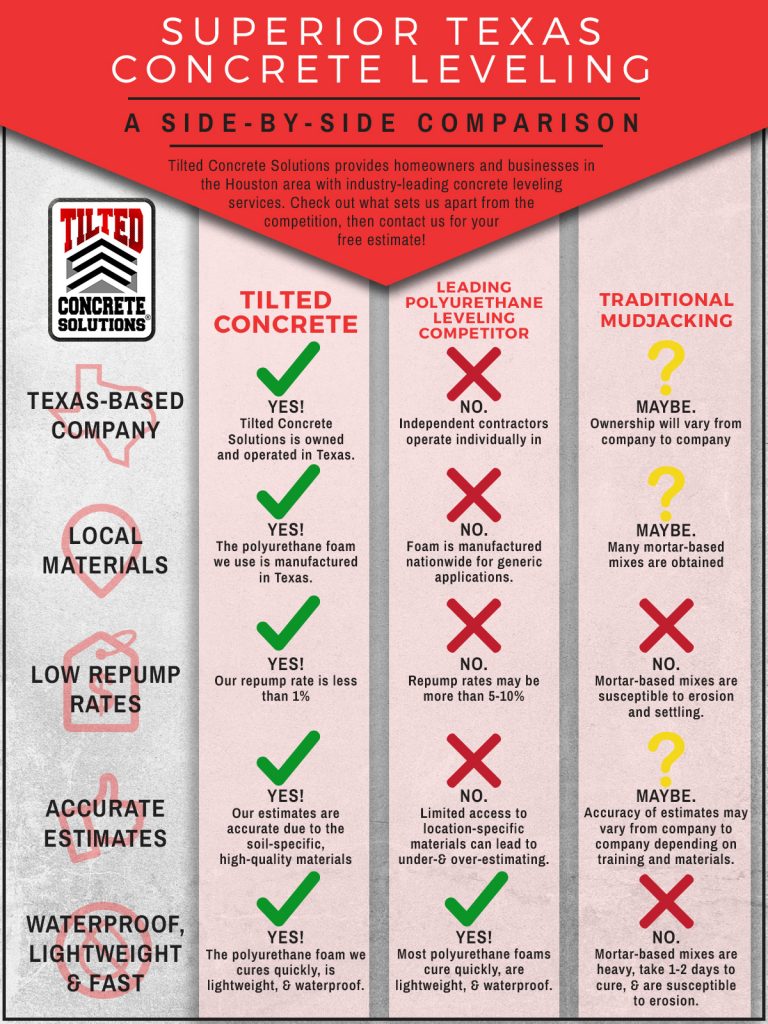Understanding Seasonal Influences On Commercial Exterior Painting: Crucial Understanding For Success
Understanding Seasonal Influences On Commercial Exterior Painting: Crucial Understanding For Success
Blog Article
Article Written By-Carlson Urquhart
When you're preparing an industrial outside painting job, seasonal elements can make or break your outcomes. You'll wish to think about how temperature and moisture effect paint application and drying times. Selecting the best season can ensure your paint sticks correctly and lasts much longer. But which seasons are really the very best for this type of work? Let's discover the key elements that can influence your task's success.
The Influence of Temperature on Paint Application
When you're planning an industrial exterior paint task, the temperature can significantly affect how well the paint adheres and dries.
Ideally, you intend to repaint when temperatures range between 50 ° F and 85 ° F. If it's too cool, the paint may not heal appropriately, bring about problems like peeling off or splitting.
On the other hand, if it's also warm, the paint can dry as well promptly, preventing correct attachment and causing an unequal surface.
You need to additionally think about the time of day; morning or late afternoon uses cooler temperature levels, which can be a lot more positive.
Constantly examine the maker's recommendations for the particular paint you're making use of, as they frequently offer support on the suitable temperature variety for optimum outcomes.
Moisture and Its Effect on Drying Times
Temperature isn't the only environmental factor that affects your commercial external paint project; humidity plays a significant duty also. High humidity levels can decrease drying out times significantly, impacting the general high quality of your paint work.
When the air is saturated with wetness, the paint takes longer to treat, which can result in concerns like inadequate bond and a greater risk of mold development. If you're painting on a particularly moist day, be gotten ready for extended delay times in between coats.
It's vital to monitor local climate condition and strategy appropriately. Ideally, go for moisture degrees in between 40% and 70% for ideal drying out.
Keeping these factors in mind guarantees your project stays on track and provides an enduring finish.
Best Seasons for Commercial Outside Painting Projects
What's the most effective time of year for your industrial outside paint tasks?
Spring and early fall are usually your best bets. During these periods, temperatures are light, and humidity levels are usually reduced, developing excellent problems for paint application and drying out.
Prevent summer's intense heat, which can create paint to dry also quickly, bring about poor adhesion and finish. Similarly, https://riverovbfl.jaiblogs.com/61433350/important-factors-to-consider-to-review-prior-to-picking-house-painters can hinder proper drying and treating, running the risk of the long life of your paint job.
Aim for days with temperatures in between 50 ° F and 85 ° F for optimum results. https://www.homesandgardens.com/interior-design/match-paint-already-on-a-wall in mind to check the local weather report for rain, as damp problems can spoil your task.
Planning around these aspects ensures your paint job runs smoothly and lasts longer.
Verdict
In conclusion, intending your commercial exterior paint projects around seasonal factors to consider can make a considerable distinction in the result. By organizing job during the excellent temperature levels and humidity degrees, you'll make certain better adhesion and drying out times. Keep in mind to keep an eye on regional weather prediction and select the correct time of year-- spring and very early fall are your best bets. Taking line painting minneapolis will certainly aid you accomplish a resilient and specialist finish that lasts.
